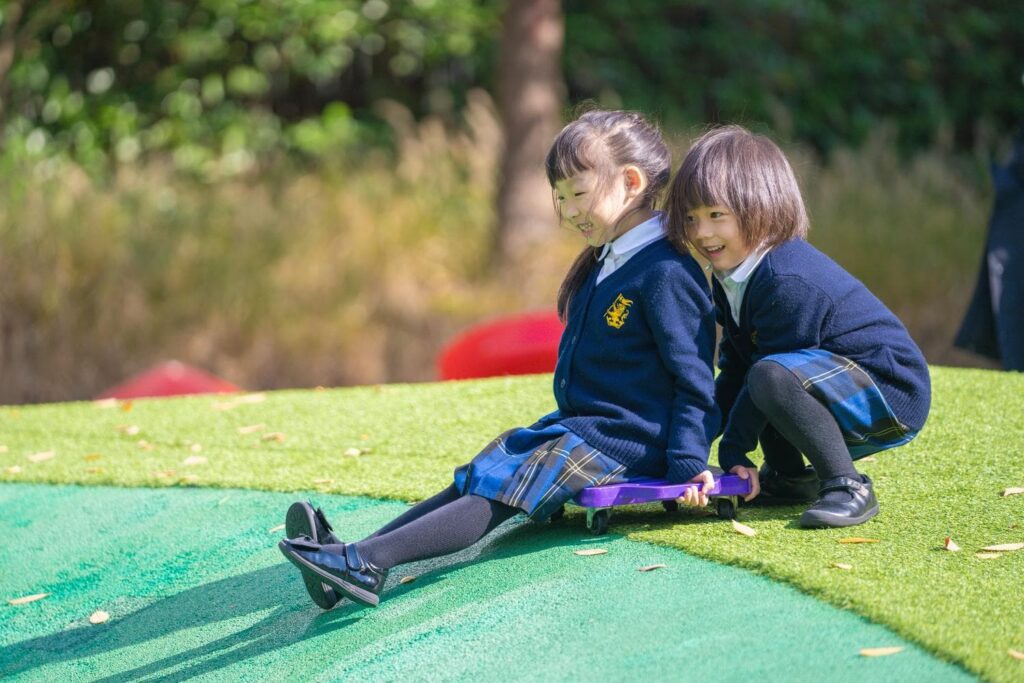Purposeful play is at the heart of early childhood education at Hiba Academy Bay Area and many leading schools worldwide. But what exactly is purposeful play, and why is it vital for young children? In this guide, we define purposeful play, explore its many forms, and share practical examples to help parents and educators support children’s growth.

Purposeful play is a child-led approach to learning, where children explore, create, and discover through play that is meaningful and engaging. While adults play a crucial role in providing inspiring environments and acting as facilitators, it is the children who drive the learning, make decisions, and follow their curiosity. Purposeful play is not the same as free play—it is play that is intentionally supported by enabling adults who guide, observe, and extend children’s interests without directing or controlling the activity.
At Hiba Academy Bay Area, purposeful play shapes every aspect of our Early Years philosophy. Our classrooms and outdoor spaces are thoughtfully designed to encourage independent exploration, creativity, and collaboration, with teachers supporting each child’s unique journey.
During the early years, children’s brains develop rapidly. Purposeful play provides rich opportunities for children to:
By embedding purposeful play activities into daily routines, educators and parents help children develop skills that last a lifetime.
Purposeful play supports all areas of a child’s development. Here are some key benefits:
Children learn to solve problems, think creatively, and develop critical thinking skills.
Through play, children learn to cooperate, communicate, manage emotions, and build relationships.
Purposeful play encourages children to move, improve coordination, and develop both gross and fine motor skills.
Children experiment with language, expand vocabulary, and develop expressive skills.
When children lead their own learning, they build self-esteem and resilience.
A high-quality learning environment offers many types of purposeful play. These categories often overlap, with children engaging in multiple types of play at once.
Creative play encourages children to use their imagination. This might include making art, inventing games, building with materials, or developing new ideas. Through creative play activities, children learn to express themselves, experiment, and solve problems in innovative ways.
Examples:
Physical play activities invite children to move, explore, and challenge their bodies. It helps develop coordination, balance, and strength, while also supporting healthy habits.
Examples:
Outdoor play is a special form of physical play that takes place in nature. It allows children to get messy, take age-appropriate risks, and discover the world around them.
Examples:
Social and emotional play gives children a chance to interact with others, share experiences, and build relationships. Through play, children learn about empathy, cooperation, and self-regulation in early childhood.
Examples:
Educational play helps children practice and master new skills in a fun, hands-on way. It is always child-led, with adults providing materials or suggestions to extend learning, not directing outcomes.
Examples:
Constructive play activities involve building, designing, and creating structures. It develops problem-solving, spatial awareness, and teamwork.
Examples:
Imaginative play activities let children act out scenarios, pretend to be different characters, or invent fantastical worlds. This type of play builds empathy, understanding of social roles, and creative thinking.
Examples:
Language play encourages children to use words in new and creative ways. It might involve making up rhymes, inventing stories, or exploring sounds and meaning.
Examples:
Sensory play activities allow children to explore the world through their senses, developing fine motor skills and making sense of their environment.
Examples:
Music and dance encourage children to move, listen, and express themselves rhythmically. This form of play supports physical development, coordination, and emotional expression.
Examples:
A high-quality early years environment weaves all these types of play together. Children might be building a castle (constructive play) with friends (social play), narrating a story (language play), and feeling the sand between their fingers (sensory play)—all at the same time. Adults act as facilitators, providing rich materials, inspiring spaces, and gentle support to extend children’s ideas and learning.
Parents play a vital role in fostering purposeful play. Here are some simple ways to encourage it at home:
At Hiba Academy Bay Area, purposeful play is the foundation for confident, curious, and capable learners. We create inspiring environments where every child can explore, imagine, and grow—supported by caring adults who understand the power of child-led play.
Want to learn more about purposeful play? Contact us to register for one of our information sessions or a consultation with one of our admissions officers.